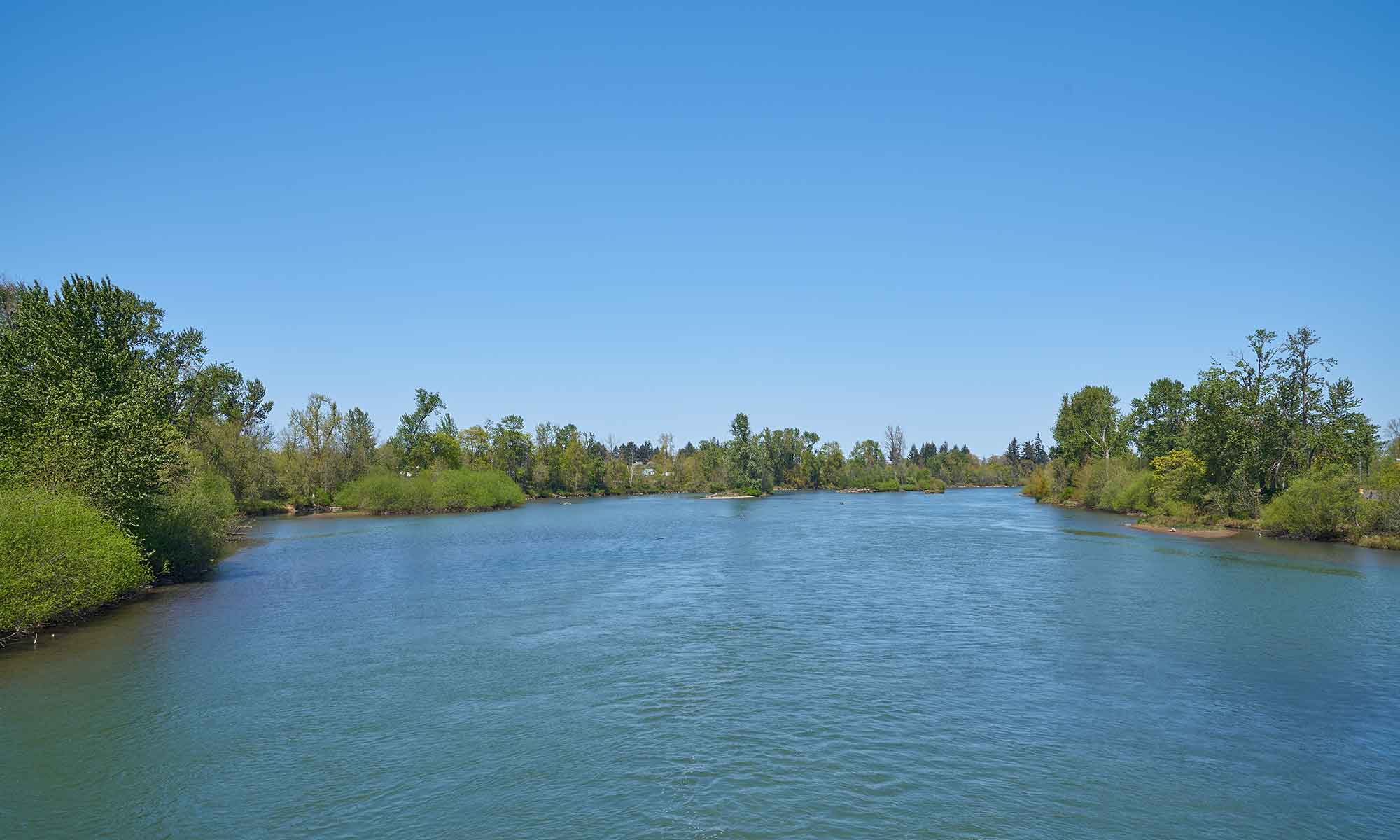We’re having a plastics recycling event on October 1st, 2023 at Emerald Park picnic shelter #1, from 9am-12pm. Hope to see you there!
See the flyer below for more details:
… Read more

River Road Community Organization
The River and Garden District
We’re having a plastics recycling event on October 1st, 2023 at Emerald Park picnic shelter #1, from 9am-12pm. Hope to see you there!
See the flyer below for more details:
… Read morePlease join us for our April 16th 2023 recycling event. Here’s our PDF file with all the details.
… Read moreAs we reach the end of 2022, it’s important to reflect on the accomplishments of the year and look ahead and our goals for 2023!
This Ready NW Eugene Team was formed a few years ago by a few Northwest Eugene neighbors, with the support of the River Road, Bethel, … Read more

Congratulations to: Carly Sylva-Gabrielson, Susan Kittleson, Stefan Ostrach, and Mysti Frost who were elected tonight!
Thanks to departing board members Dwight Owens, Harry Sanger, Jan Spencer, and Joshua Kielas for your service to the neighborhood on the board. We hope you will stay involved going forward.… Read more
Our latest general meeting had some great presentations. Learn more about the emergency preparation and resilience building activities going on in our neighborhood. You can watch the recording here or on our YouTube Channel.
By Carleen Reilly
The River Road neighborhood lawn signs say, “Building Community Together.” Living in a neighborhood that chooses to focus on building community feels good. ‘Community’ opens the possibility of accomplishing tasks large and small to make the whole neighborhood shine with pride. Our ‘River and Garden District’ offers … Read more
KEPW News Weekly Edition did a recent report on emergency preparedness that included RRCO’s November general meeting, which focused on the work of the newly formed Emergency Preparedness and Evacuation Committee.
Listen to the news segment at the Eugene Community Newswire website located at newswire.kepw.org.… Read more
We hope this newsletter finds you well and in good spirits. We wanted to send out a special edition to inform you of Important mobilizations happening in the neighborhood.
By Carleen Reilly
Coronavirus, Neighborhood Planning, and meeting cancellation. Well, dear friends, a lot has changed on the health front since my last message to you. Info about how to take care of yourself, family, friends, neighbors, and the larger community abound. Thus, I will not repeat it here. This … Read more
By Carleen Reilly
I was remiss last week in not providing Andy Kading’s email address to you. Andy works at Eugene’s Traffic Operations and informed neighbors at the River Road Community Organization (RRCO) January meeting about traffic signal lights and how they are synchronized. I didn’t have his email available … Read more